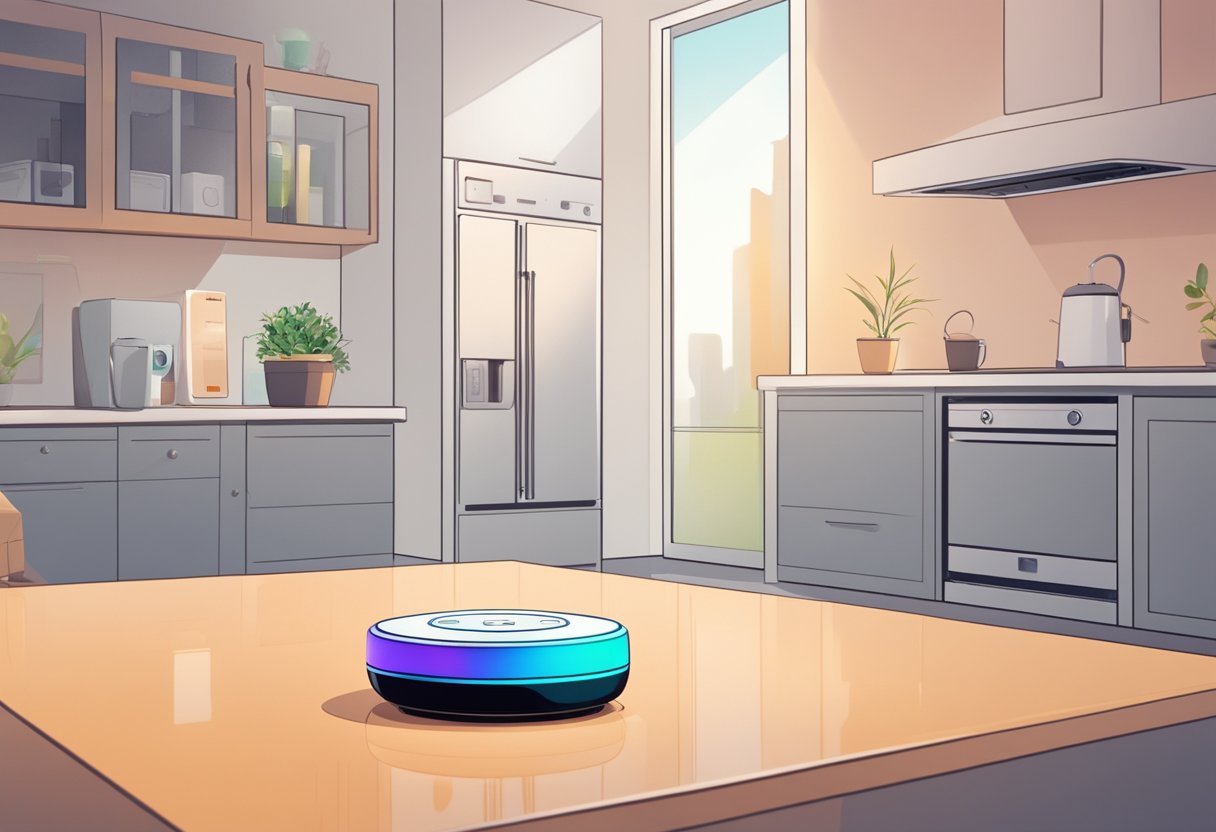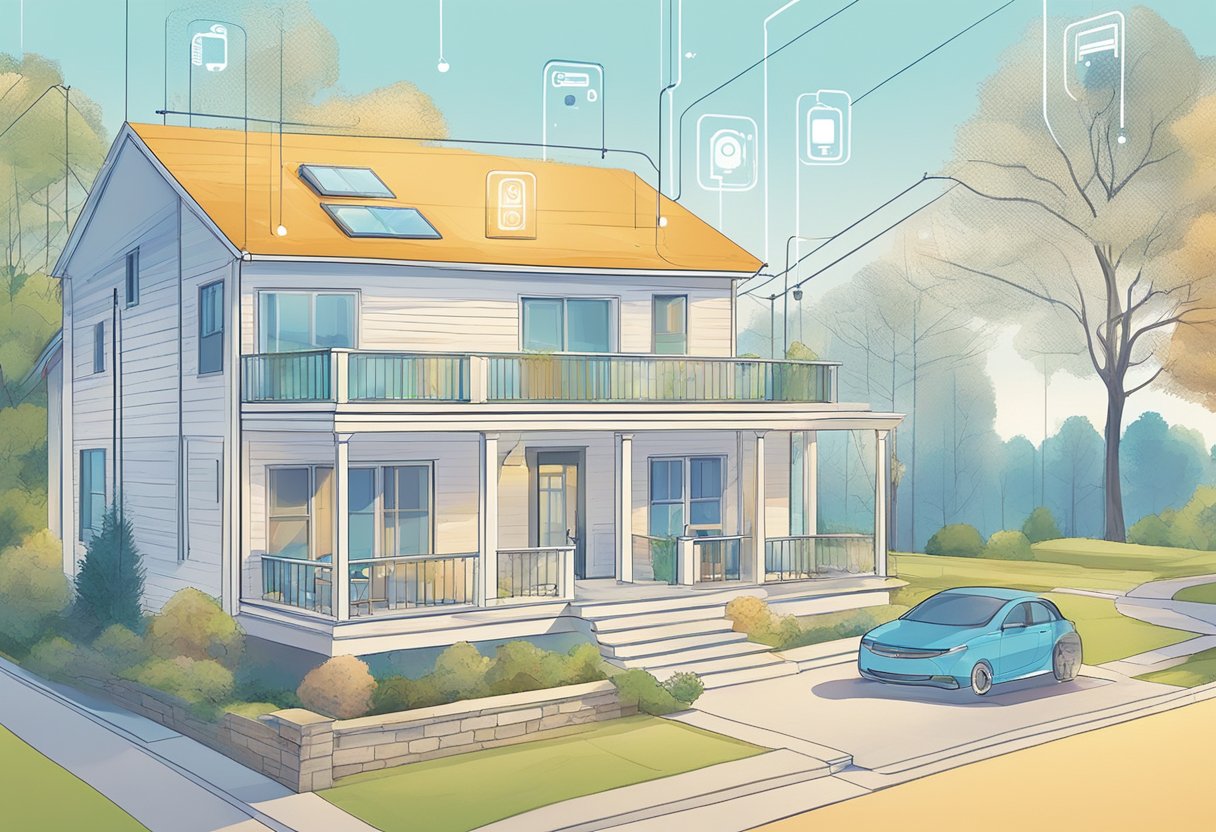Artificial intelligence has revolutionized the way we live, bringing about an era where smart home technology is more than just a luxury—it’s an integral part of modern living. By incorporating artificial intelligence into our homes, we can expect not only a boost in convenience but also a leap forward in efficiency. From lighting that adjusts to our moods to thermostats that learn our schedules, smart home devices are constantly innovating to provide us with a living space that’s more responsive to our needs.
As smart home technology evolves, the focus is not only on the convenience but also on enhancing security and safety. Intelligent alarms and surveillance systems are now adept at differentiating between everyday occurrences and potential threats, offering homeowners a new level of peace of mind. Moreover, these AI-enhanced systems can automate tasks, reduce energy consumption, and even anticipate maintenance issues before they become problematic, creating a personalized environment that’s not only safer but also more intuitive and energy-efficient.
Key Takeaways
- Smart home technologies bring increased convenience and efficiency to daily living.
- Enhanced security is a significant benefit of AI-integrated home devices.
- AI in smart homes creates personalized and energy-efficient environments.
The Core of Smart Home Technology
Smart home technology weaves Artificial Intelligence (AI) into the fabric of daily life, transforming houses with enhanced convenience, security, and efficiency.
Understanding AI in Smart Homes
Smart homes integrate AI technology to learn from the occupants’ behavior and automate tasks accordingly through machine learning techniques. These systems can predict preferences over time, adjusting settings such as lighting or temperature without needing a voice command.
Key Components of a Smart Home System
The foundational elements of a smart home system are:
- Smart Home Devices: Items like thermostats, cameras, and lighting that communicate with each other.
- Central Hub/Controller: A device that orchestrates communication between smart home devices.
- Networking: Connects devices usually via Wi-Fi, enabling remote management.
- User Interface: A platform, often an app, where users can interact with the system through touch or voice.
These components work together to create a seamless smart home experience.
The Rise of Voice Assistants and Interoperability
Voice assistants like Google Assistant, Alexa, and Siri have become the face of smart home interaction. They respond to voice commands, simplifying the control over various devices. Interoperability, particularly with the advent of standards like Matter, aims to ensure these devices can communicate across brands and platforms, breaking down the walled gardens that have historically fragmented the smart home ecosystem. This cohesion is crucial for a user-friendly, cohesive smart home environment.
Enhancing Security and Safety at Home
Modern smart home technology isn’t just about convenience; it plays a critical role in enhancing the security and safety of one’s living space. Through AI-driven security systems and devices like smart locks and security cameras, homeowners have unprecedented control over their home safety. Yet, with great power comes great responsibility, particularly concerning data privacy in smart home ecosystems.
AI-Driven Home Security Systems
Security at home has been dramatically transformed by AI. These systems go beyond traditional alarms by learning and adapting to the home’s daily patterns to provide more effective monitoring. They can distinguish between common occurrences and potential threats, alerting homeowners only when necessary, reducing false alarms. Companies like Google offer solutions such as Nest cameras that integrate seamlessly into these AI security systems, providing real-time footage and alerts.
Smart Locks and Cameras: A Closer Look
Taking a closer look at smart door locks, they’re a game-changer for home safety. Users can lock and unlock doors remotely, grant access to guests without exchanging physical keys, and get alerts when someone enters or leaves. Meanwhile, security cameras have evolved to offer features like facial recognition and two-way communication. A camera like the Nest Cam can send specific alerts if it recognizes a family member or an unknown person.
Data Privacy and Secure Smart Home Ecosystems
While smart technology bolsters home security, it’s paramount to safeguard the accompanying data. Privacy concerns arise with devices continuously collecting information. Manufacturers are constantly developing encryption and other security measures to protect users’ data. It’s vital for users to stay informed about their devices’ privacy policies and employ practices, such as regular software updates, to ensure their smart home ecosystems remain secure.
Creating Efficient and Personalized Environments
Smart home technology is revolutionizing how individuals experience comfort and efficiency at home. By integrating advanced automation and personalization, homes can save on energy while adapting to residents’ lifestyles.
Automated Climate Control and Energy Management
Smart thermostats play a pivotal role in energy management. They learn residents’ schedules and adjust temperatures for comfort and energy efficiency. This not only reduces energy usage but also ensures that homes are at the perfect temperature when residents arrive. Companies like Nest and Ecobee provide options for seamless integration with other smart home devices.
- Energy Savings: Smart thermostats cut down on wasted energy.
- Custom Comfort: They tailor the home environment to individual preferences.
Smart Lighting and Appliances Adjusting to Your Habits
Smart lighting systems illuminate homes based on daily routines. As they adjust to habits, they offer both convenience and reductions in energy bills.
- Mood Lighting: Customize lighting for different times and moods.
- Appliance Efficiency: Smart outlets and appliances turn off when not in use.
Products like Philips Hue allow users to control lighting with their voice or smartphone for a hands-free experience.
Predictive Maintenance for Longevity and Cost Savings
Predictive maintenance can anticipate problems before they occur, extending the lifespan of home appliances and systems. This approach not only saves money in the long run but also prevents the inconvenience of unexpected breakdowns.
- Longevity: Regular maintenance keeps systems running smoothly.
- Alerts: Receive notifications about potential issues before they become costly.
Companies like HomeX offer services that integrate predictive maintenance into home management systems.



